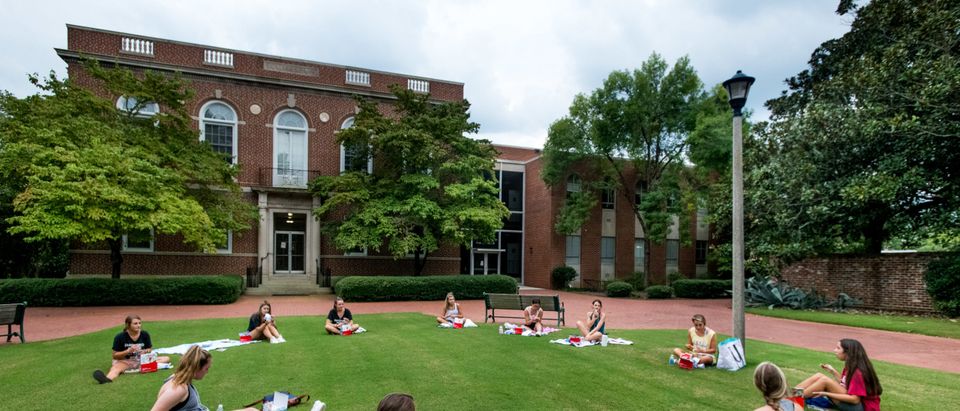The student loan crisis is real, but the narrative over how we got here is being controlled by the Democrats. Nearly all conservatives would agree we don’t want our young graduates beginning life with a mountain of debt. We also think passing the debt to taxpayers would only reward the bad policies that created this mess in the first place.
But why is it that an 18-year-old can obtain a six-figure student loan for a degree in gender studies but not a $10,000 small business loan?
Higher education has become the nation’s largest predatory lending scheme.
Since 1970, college tuition and fees have increased over 1,000%, far outpacing wage growth. To put that in context, Baby Boomers could have earned 10 bachelor’s degrees for the cost of one degree today. Most fields beyond engineering, accounting, computer science or doctoral studies have no realistic return on investment, leaving a young borrower saddled with life-altering debt. Universities know this.
So how did we get here?
In short, ease of access to student loans. Democratic intervention in federal student loans began in 1965 by President Lyndon Johnson. In 2010, President Barack Obama drastically overhauled the federal program, issuing direct federal loans, effectively ending the private sector’s role in federal student loan origination. Direct federal loans now make up 92% of the total student loan debt.
This historic access to student loans meant tuition costs were no longer held down by the financial limitations of borrowers. Universities got a government guarantee irrespective of tuition and virtually all borrowers qualified. We’ve been down this road before. Government intervention in subprime mortgage markets triggered the historic 2008 housing crash, with over 76% of those mortgages backed by the feds. In March of 2007, the value of American subprime mortgages was estimated at $1.3 trillion with over 7.5 million first-lien subprime mortgages outstanding.
Compare that debt figure to the student loan crisis, currently at $1.7 trillion held by roughly 45 million student loan borrowers. Unlike home loans, student loans are not backed up to a hard asset and cannot be discharged through bankruptcy.
Here’s why we need to act.
In the next two years, student loans are estimated to balloon to over $2 trillion. Roughly 60% of adult borrowers said their debt has them putting off major life decisions such as a purchasing home or vehicle or starting a family. Following the pandemic and amidst historic inflation, 93% of borrowers said they are not prepared to resume loan payments, with the majority (52%) of student loan borrowers saying they could not make a single payment if the federal moratorium was lifted today.
It gets worse.
According to the Brookings Institute, 40% of all borrowers are estimated to be in default by 2023. Widespread defaults would cement tens of millions of borrowers with poor credit, leaving them unable to contribute to our economy in critical ways and likely inflicting major economic damage.
Thanks to big government policies, the student loan bubble is America’s next major debt crisis. Again, should students pay back their loans? Yes. Can a significant amount realistically pay them back? No. Republicans must reform higher ed by reigning in the student loan process.
Fix the leak before mopping the floor – no more direct federal loans. Hold universities accountable for the financial damage they are causing. Let the free market lower prices through cost-effective alternatives.
The false media narrative that Democrats want to forgive the debt and conservatives want to shame the borrower is disingenuous by design. It’s critical we focus on the root issue of government-enabled predatory lending and work to fix this crisis before it’s too late.
Josh Wagoner is a managing partner of Tomahawk Strategies, a conservative political consulting firm based in Tulsa, Oklahoma. Follow Josh on Twitter.


